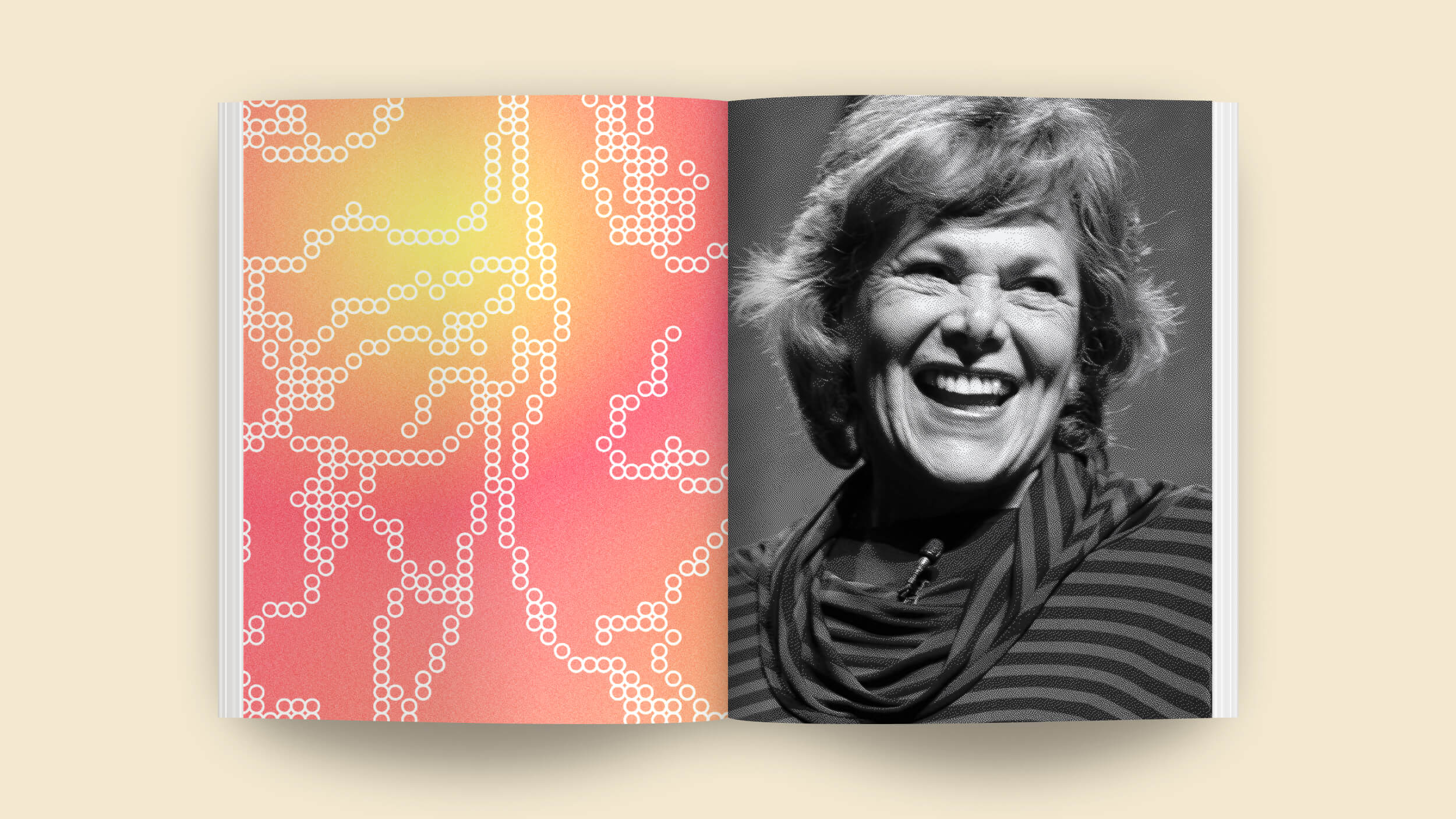There’s a dark side to mindfulness meditation

Four years ago I attended a Prison Yoga Project (PYP) training. James Fox is a valuable outlier in the yoga world. In 2002 he decided to devote his life to bringing yoga to at-risk communities, leading programs in juvenile detention facilities and inner-city community programs in Chicago. After moving to the Bay Area he started donating his time teaching prisoners yoga in San Quentin, which eventually led to PYP.
There are many approaches to a physical yoga practice. I teach a rigorous form of Vinyasa, in which you lead the class through a flowing series of postures and exercises to eventually cool students off with stretches, meditation, and relaxation. You fire up their nervous systems in order to slow them down. This is the exact opposite approach that Fox teaches.
Prisoners, Fox told us, are always on edge. Their nervous systems never turn off. There is so much stimulation inside of the facilities that any opportunity for quiet is welcome. In prison yoga, you’re taught a stretch-based format with lots of breathing and even more compassion. Parasympathetic mode is the only goal; turning off the monkey brain, as they say in Buddhism.
Compassion requires understanding that not all prisoners are going to be able to even shut their eyes. This is not dissimilar from victims of sexual assault, who during the final relaxation posture sometimes suffer the same fate. There is a certain sense of trust required to close your eyes in public, one which not everyone is capable of. You cannot force someone to relax; you can only create the conditions in which relaxation is possible.
A new paper published in Personality and Social Psychology Bulletin investigates the potential “dark side” to one such technique, mindfulness meditation. This is not a new concept. For thousands of years there have been cases of meditation gone awry in the psychologically and emotionally unstable. And if there’s any environment in which you might suffer such a fate, it’s prison—one of the populations the authors, led by June P Tangney, a clinical psychology professor at George Mason University, focuses on.
For this paper the researchers recruited 259 male inmates and 516 undergraduates. They focused on mindfulness meditation and Criminogenic Cognitions Scale (CCS), which is a measurement of thought patterns with criminal behavior, which include:
… feeling more deserving and entitled than other people, a failure to accept responsibility, a negative attitude toward authority, a tendency to focus only on short-term outcomes, and being fairly insensitive to the impact of criminal behavior.
This is where it gets interesting. Like many forms of mediation, and like yoga, mindfulness is taught in different ways. For this study the researchers studied two approaches: emotional regulation and non-judgmental awareness.
The first deals with recognizing and understanding your emotional patterns in an attempt at changing habitually damaging patterns. For example, you might feel as if you’re dating the same person over and over again, believing yourself to be a terrible partner. Yet you are likely creating the conditions for this pattern to emerge without even realizing it. It’s not the individual; it’s how you treat your partner under certain stimulation causing a repetitive chain of reactions. Mindfulness can help you recognize your patterns and then, if you are hoping for a successful relationship, change them.
In this regard, both prisoners and undergraduates experienced an expectable correlation between mindfulness and CCS: regulating emotions reduces the likelihood you’ll engage in criminal behavior.
The second layer is fascinating. As someone with a daily mindfulness practice, I was taught to reserve judgment on the thoughts that arise. Recognition, in this sense, does not always lead to change. You’re taught to observe your patterns as if watching passersby on the street. A sense of detachment ensues when you do not pass judgment on yourself. Suddenly your actions seem less impactful, less dangerous.
While the undergraduates experienced a negligible increase in their CCS score by this measure, the inmates experienced a much higher CCS response—enough to cancel out any benefit received from emotional regulation.
The researchers continue:
This may be true for people suffering from internalizing disorders, such as anxiety and depression—the kinds of disorders typically addressed by mindfulness interventions. This level of nonjudgment and acceptance may not be as beneficial for people suffering from externalizing disorders marked by higher levels of impulsivity. Externalizing disorders are common among an incarcerated population who may benefit from some self-scrutiny in reducing patterns of criminal thinking and behavior.
The United States has the highest rate of incarceration in the world. Inmates are often cast out of society for long periods of time, with little to no transition back into society. Valuable lessons can be taught while inside for a better integration process. Studies like Tangney’s are necessary in helping us figure out which methods work and which might do more harm than good. While more research is needed, so far mindfulness’s dark side rears its ugly head under such circumstances.
—
Derek is the author of Whole Motion: Training Your Brain and Body For Optimal Health. Based in Los Angeles, he is working on a new book about spiritual consumerism. Stay in touch on Facebook and Twitter.





